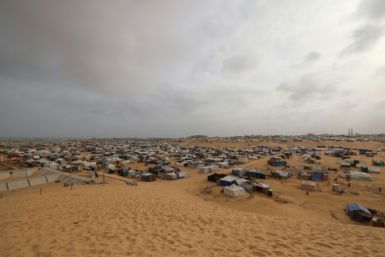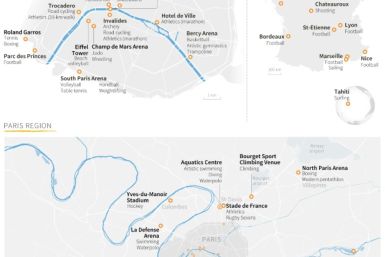Housing: 2011 Was A Miserable Year
We've all known that 2011 wasn't a good year for housing or house prices, and this week we have had that confirmed in spades.
Record lows for lending and the biggest falls in capital city house prices ever were recorded, but there were also one or two positives, with the rate of decline easing in the December quarter and the Perth market pulling out of its slump with a small rise.
On Tuesday the Reserve Bank revealed record low growth for home loans extended to both investors and owner-occupiers.
The RBA said home loans grew by 5.4% in the year to December, the lowest annual growth rates since records started in 1976.
Yesterday the Australian Bureau of Statistics reported that capital city house prices fell by a record amount last year.
The ABS said the weighted average of prices for established houses in eight major cities fell 4.8% in 2011 from 2010, the biggest calendar-year drop since the data began in March 2002.
Prices dropped 1% in the three months to December from the previous quarter, which was better than the revised 1.9% fall in the September quarter. That was originally reported as a fall of 1.2% and the annual fall for the year to September was revised to a drop of 3.4% from a first up estimate of 2.2%. Prices in Sydney fell a revised 1.6%, instead of the originally reported -0.2%.
The market had been looking for a fall of 0.6% in the December quarter.
The negative movement in the December quarter 2011 was the result of falls in Melbourne (-1.6%), Sydney (-1.0%), Brisbane (-1.3%), Adelaide (-1.6%), and Darwin (-1.4%).
This was partially offset by rises in Perth (0.5%), Canberra (0.7%) and Hobart (0.8%).
The ABS said, "The preliminary estimate for Melbourne (-1.6%) follows falls in the March, June, and September quarters 2011 (-1.4% -1.1% and -2.1% respectively). Most clusters across the range of median price levels contributed to the December quarter 2011 fall.
"The preliminary estimate for Perth (+0.5%) was the first rise in that city since the March quarter 2010.
"The index fell 4.9% through the year to the December quarter 2011, a lower annual fall than the previous two quarters (-6.6% and -5.4% in the June and September quarters respectively).
"Although most clusters featured in the turnaround in the December quarter 2011, those with median prices less than $650 000 contributed the most."
The ABS said house prices fell in all eight cities in 2011, led by Brisbane (-6.7%), Adelaide (-6.4%), Melbourne (-6.1%), Darwin (-5.4%), Perth (-4.9%), Hobart (-4.0%), Sydney (-2.7%) and Canberra (-2.6%).
And the Housing Industry Association said sales of new homes fell a seasonally adjusted 4.9% in December, with detached house sales dropping 7.7%.
"The intensification of bad news regarding Europe, question marks over labor market prospects in Australia, and avoidable delay and uncertainty as to whether banks were going to pass on the Reserve Bank's second rate cut conspired to drive a fall in new housing contracts," HIA chief economist Harley Dale said in the report.
And the quarterly residential property survey from the National Australia Bank found that homeowners expect house prices to ease by around 0.4% this year, but rebound by the end of next year.
"NAB believes these expectations may be a touch pessimistic, "Alan Oster, the NAB's chief economist wrote yesterday.
"A structural shortage of housing remains, commencements are still weak, interest rates are falling and the unemployment rate is still comparatively low."
The NAB survey found that there was "notable increase in first home buyer activity in the new property market, likely reflecting a more benign interest rate outlook and softer house prices.
"Investors and overseas buyers were also more prominent in this market. Demand for new property remains strongest for inner city housing and low rise CBD apartments and townhouses.
"Resident owner occupiers continue to dominate the market for existing properties, but there was also a small increase in first home buyer activity in this market.
"Demand for all types of existing property strengthened slightly in all locations and the best prospects for capital growth continue to be identified in sub-$500,000 markets.
"Access to credit, interest rates and employment security continue to be seen as the biggest impediments to purchasing existing property, but slightly less problematic than in September,." the NAB said.
Copyright Australasian Investment Review.
AIR publishes a weekly magazine. Subscriptions are free at www.aireview.com.au






